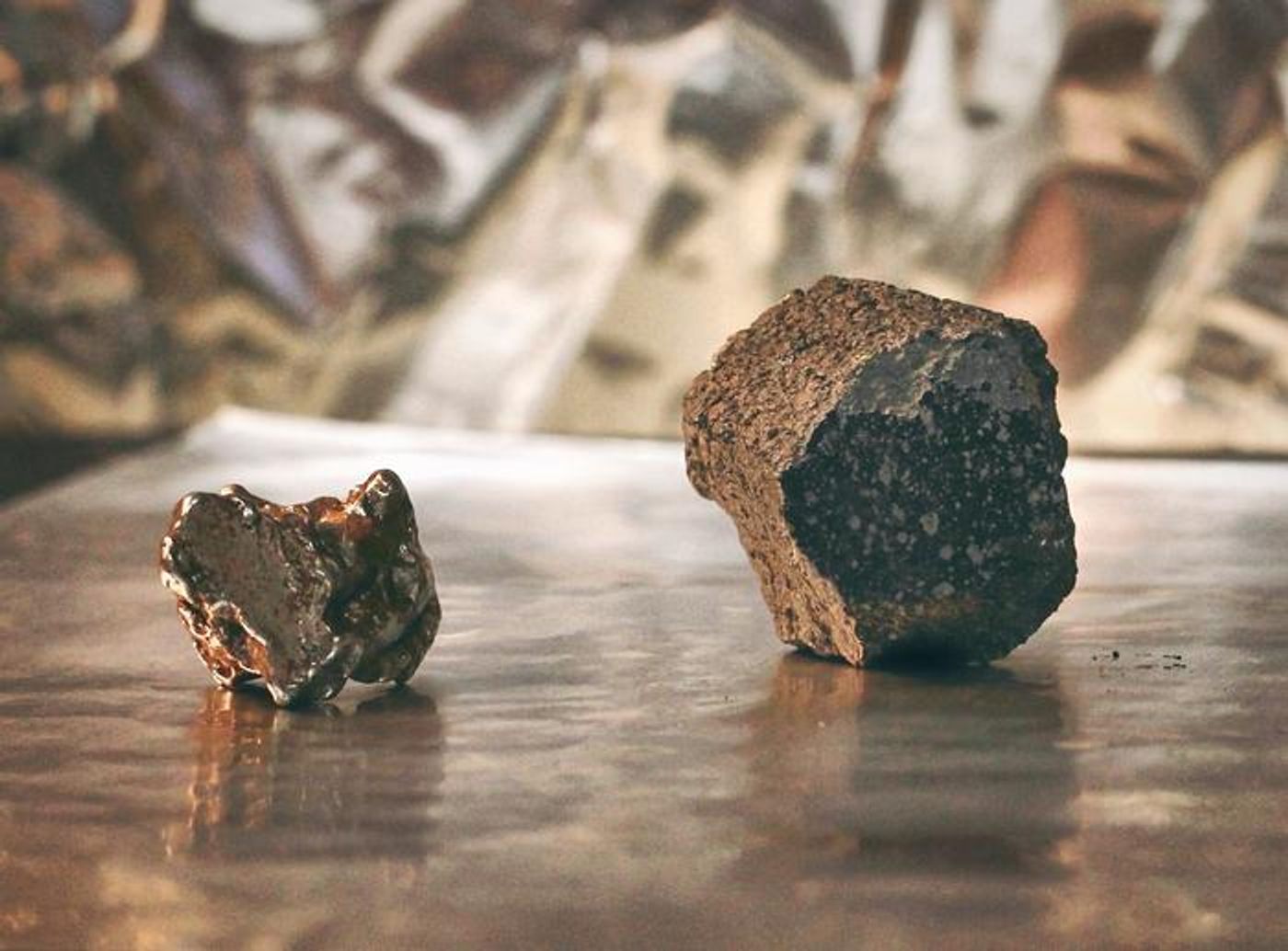-
Astronomers detect ancient lonely quasars with murky origins
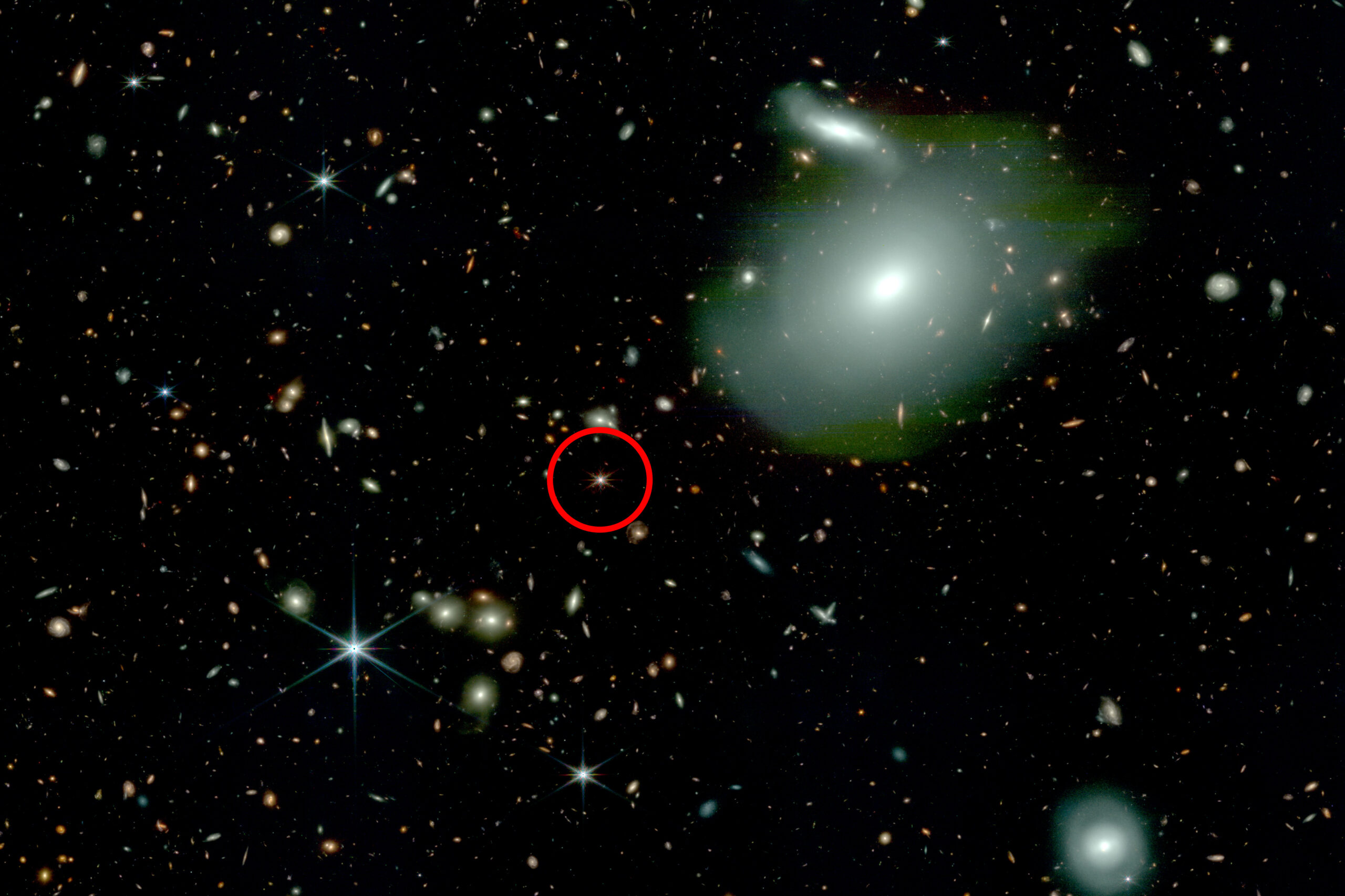
A quasar is the extremely bright core of a galaxy that hosts an active supermassive black hole at its center. As the black hole draws in surrounding gas and dust, it blasts out an enormous amount of energy, making quasars some of the brightest objects in the universe. Quasars have been observed as early as…
-
Space | Cosmology, Astronomy, Quantum Mechanics

Feedback Corrections? Updates? Omissions? Let us know if you have suggestions to improve this article (requires login). Feedback Type Your Feedback Submit Feedback Thank you for your feedback Our editors will review what you’ve submitted and determine whether to revise the article.
-
Cosmology – Finite, Infinite, Universe

An issue that arises when one contemplates the universe at large is whether space and time are infinite or finite. After many centuries of thought by some of the best minds, humanity has still not arrived at conclusive answers to these questions. Aristotle’s answer was that the material universe must be spatially finite, for if…
-
In Search of Extraterrestrial Communication: A Longest-Ever Scan of TRAPPIST-1

Are we alone in the universe? Are there other technological civilizations out there and how can we find them? This is what a recent preprint submitted to The Astronomical Journal hopes to address as a team of researchers led by Penn State University investigated new methods for detecting radio signals from extraterrestrial technological civilizations (ETIs).…
-
An Unusually Shaped Space Object Long Puzzled Astronomers — What It Turned Out to Be Was Truly Uncanny
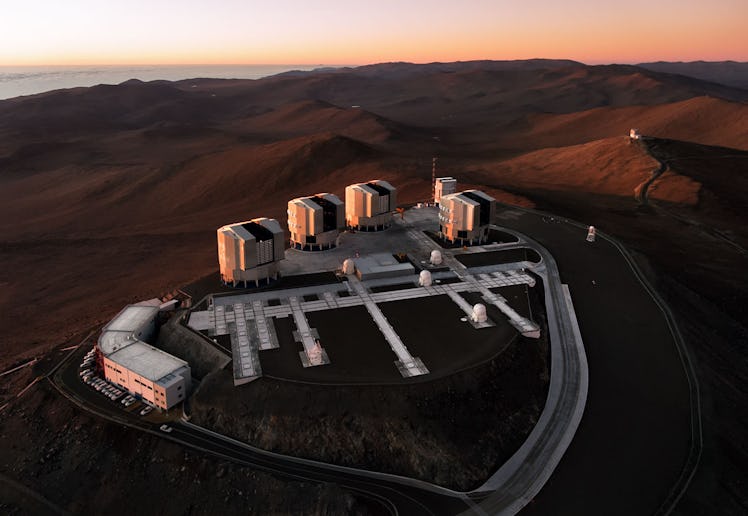
Peppered throughout the universe are balls of gas that never got promoted to stardom. In a strange twist, evidence has just emerged that the most famous of these orbs is actually a double-act. Where astronomers thought there was one brown dwarf, there’s actually two. And the object they studied isn’t just any ordinary brown dwarf.…
-
ESA’s Euclid Mission Releases First Piece of Its 3D Map of Universe

ESA astronomers have released a 208-gigapixel mosaic of images taken by Euclid, a mission launched in 2023 to study why the Universe is expanding at an accelerating rate. This mosaic made by ESA’s Euclid space telescope contains 260 observations collected in 2024. Image credit: ESA / Euclid / Euclid Consortium / NASA / CEA Paris-Saclay…
-
Around the world in 16 orbits: a day in the life of the International Space Station
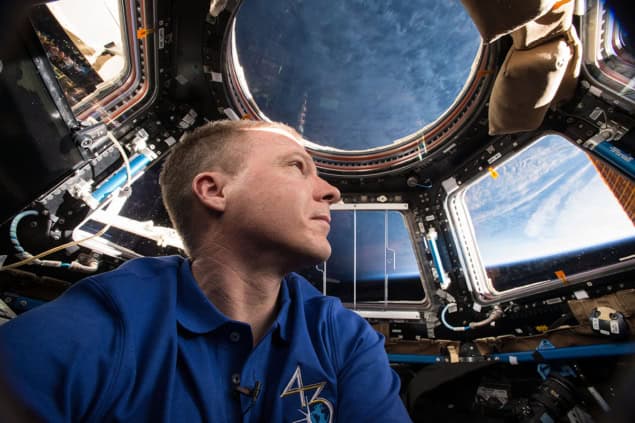
Kate Gardner reviews the novel Orbital by Samantha Harvey <a href="https://physicsworld.com/wp-content/uploads/2024/10/2024-10-Gardner-Virts.jpg" data-fancybox data-src="https://physicsworld.com/wp-content/uploads/2024/10/2024-10-Gardner-Virts.jpg" data-caption="Far from home NASA astronaut Terry Virts watches Earth from aboard the International Space Station in 2015. (Courtesy: NASA)”> Far from home NASA astronaut Terry Virts watches Earth from aboard the International Space Station in 2015. (Courtesy: NASA) Every day the International…
-
From Space to Earth: The Vital Role of Volatiles in Life’s Origin
How did life on Earth begin, and were the ingredients for life already on Earth or were they brought here from space? This is what a recent study published in Science Advances hopes to address as a team of researchers from Imperial College London and the University of Cambridge investigated how ancient meteorites could have…
-
Gaia space telescope discovers 55 ‘runaway’ careening away from stellar cluster at 80 times the speed of sound
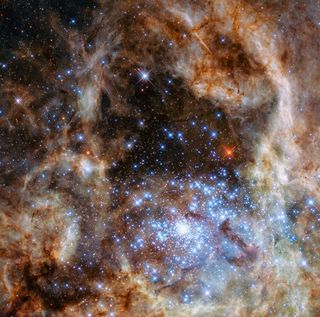
Using Europe’s Gaia space telescope, astronomers have identified 55 runaway stars being ejected at high speeds from a densely packed young cluster in the Large Magellanic Cloud (LMC), a satellite galaxy of our own Milky Way. This is the first time so many stars have been seen escaping from a single star cluster. The star…
-
How Astronomers Define Where a Galaxy Ends and Interstellar Space Begins

For us, galaxies are where most of the interesting stuff happens in the cosmos. Stars, planets, and black holes are all usually found inside these bustling cosmic neighborhoods. But space isn’t just galaxies. In between galaxies are vast expanses of interstellar space — galactic deserts where you might be lucky to stumble across a few…
